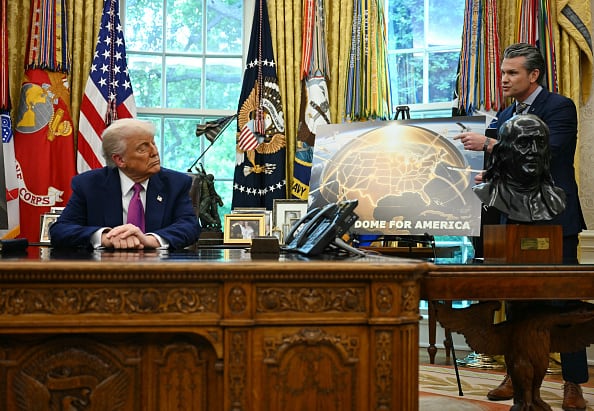Following the U.S. Army's third Innovation Summit in August — the first to include the defense industry — I'm probably not the only one hoping that this third time will prove to be the charm.
Turns out this session in the series designed to improve relations with industry — and unleash the innovation needed to overcome budget cuts, canceled programs and ubiquitous bureaucracy — was notable for the number of senior Army leaders who publicly acknowledged that the biggest challenge remains the Army itself.
It began with an admission by Frank Kendall, the Pentagon’s acquisition chief, that he has concerns about the Army’s ability to manage weapons programs based on its complex, often uncoordinated internal communities. Leaders of several of those key communities, including the chiefs of the Army Materiel Command and Training and Doctrine Command (TRADOC), went on record promising to find the needed legal frameworks and the will to coordinate sooner and better. Or as Army Undersecretary Patrick Murphy explained in the press afterward: "We have to act with a sense of urgency at those earliest stages. The more you collaborate, the more you innovate."
The shared goal, echoed by industry participants, is for the Army to improve how it works with industry and academia to define the problems it is seeking to solve before the Army locks in official requirements for new weapons programs.
However, underlying talk at the summit about improving communication and coordination to overcome bureaucratic hurdles is the fundamental need to improve the government’s risk tolerance.
In a recent interview, the Army’s deputy for acquisition Lt. Gen. Michael Williamson shared his perspective that America’s military needs to change how it accepts risk to better integrate innovative technologies.
Industry, with its higher tolerance for risk, may invest in 100 ideas only to see all but a handful fail. And this is considered a success. Government has no such tolerance for risk, and as a result, is unable to make the types of bold decisions that yield breakthroughs in (technology) capabilities.
Williamson acknowledged that a key factor for success is learning to accept risk, and he is correct in that by nature, industry has it much easier than the government. But how can the Army increase its acceptance of risk to accelerate innovation? Three factors are important in driving this change:
Working within the current structure
Already, there are pockets within the government that are tasked with innovating and are (by design) more risk tolerant — the military laboratories such as the Army’s Armament Research, Development and Engineering Center (ARDEC).
In these labs, there are proven structures that permit R&D to take place with greater agility to take advantage of technology advances or respond to changes in the threat environment. Importantly, there is a willingness to accept that only a small number of ideas will pan out. That’s how they operate.
The key is matching the right lab with the right technology area, getting that lab to make the project a priority over the long term, and then being to work with industry partners to make the technology scalable to a production level. Not easy, but the lab structure makes success more achievable.
Building a culture of innovation
Too often good ideas — especially big ones — are doomed to fail because of the culture. To support innovation, the organizational culture must reward innovation, allow good ideas to succeed, and swiftly kill bad ideas and move on without penalty.
Based on my experience, a culture of innovation is marked by a willingness to accept risk and to learn from failure in an iterative process. Good ideas with significant potential benefits should be allowed to fail with important learnings applied through thoughtful analysis of the solution (not an admiration of the problem).
That is easier to achieve in industry and too often a challenge in government, though it can be overcome. For example, Harris CEO William Brown emphasizes that creating this special culture starts by bringing together smart, passionate, entrepreneurial people with different backgrounds, skills and experiences, and providing them with the tools and resources to foster collaboration.
Labs like ARDEC already have hallmarks of that distinctive culture, less "big Army" and more like industry. The key is supporting these labs’ sustained investment in research, and providing ample recognition for individual and team achievement, as companies like Harris already do.
Driving success through leadership
Leadership is a priority for Williamson and his team supporting the Assistant Secretary of the Army for Acquisition, Logistics and Technology (ASA(ALT)), and rightly so. The presence of strong, laser-focused leadership is directly correlated to project success.
Leadership in government helps drive innovation, but that requires creating greater flexibility within the acquisition process to take advantage of technological advances or respond to changes in the threat environment. The further challenge is achieving breakthroughs with development initiatives that span many years, outlasting multiple regime changes.
Industry has a natural drive to follow the money and government leadership can harness this drive by showing industry where the market is. Then industry is incentivized to sustain the effort between government leadership changes.
Maj. Gen. Dennis Moran (ret.) is the vice president of Government Business Development for Harris Corporation.








